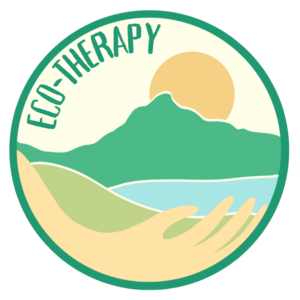Ecotherapy is an umbrella term that encompasses a range of practices (Chaudhury & Banerjee, 2020). Social and therapeutic horticulture includes activities such as passive appreciation of gardens, active gardening or vegetable growing. Animal assisted therapy uses domesticated animals (e.g. dogs, horses, dolphins) for therapeutic purposes. Care farming refers to the therapeutic use of agricultural landscapes and farming practices (e.g. animal husbandry, crop management).
Ecotherapy also includes environmental conservation, which refers to engaging in conservation activities to promote health and well-being. Green exercise, on the other hand, includes walking and other physical activity in the outdoors, while nature arts and crafts are concerned with making art outdoors or with natural materials. So-called wilderness therapy refers to interaction with nature in remote locations leading to self-discovery and change, and outdoor adventure therapy is defined as “a therapeutic modality that combines the therapeutic benefits of adventure experiences and activities with those of more traditional forms of therapy” (Newes & Bandoroff, 2004). Finally, there are specific ecotherapy techniques that promote interaction with wild or semi-natural areas of nature (e.g. interaction with birds, animals, plants, experiencing nature or keeping memories of such interactions).
As you can see, there are many terms and practices, of which we mentioned here the ones we encountered most often in our research and which therefore seem to be the most popular.

